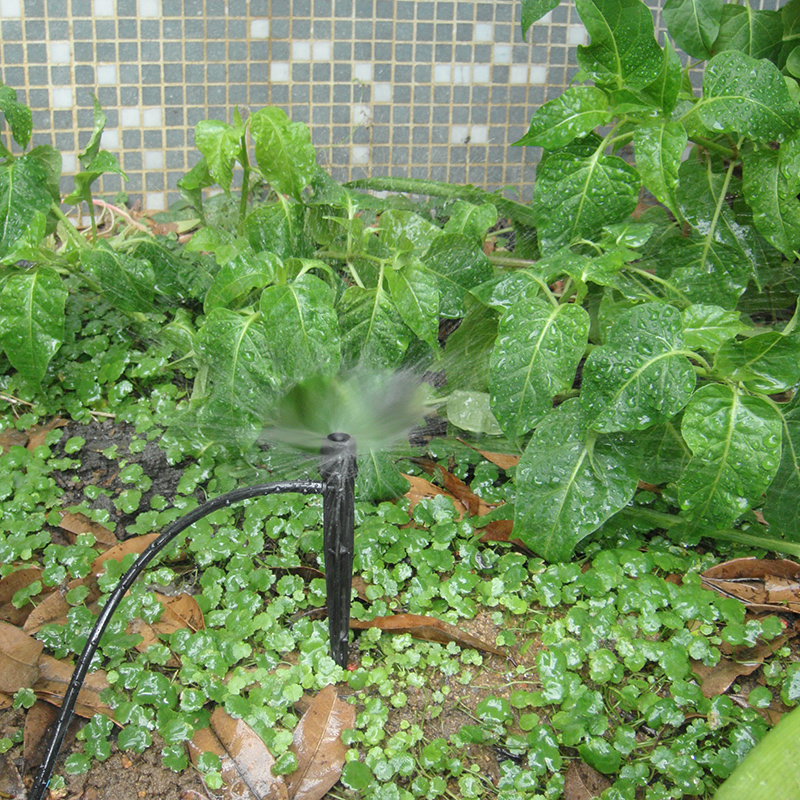Efficient Greenhouse Irrigation Solutions in China

Firstly, the selection of the appropriate irrigation system is crucial. Drip irrigation and micro-sprinkler systems are among the most efficient methods for greenhouse environments. These systems deliver water directly to the plant roots, minimizing evaporation and runoff. Drip irrigation is particularly beneficial for water-scarce regions, allowing for precise control over water usage and ensuring that crops receive the optimal amount of moisture.
Additionally, incorporating smart technology into greenhouse irrigation can further enhance efficiency. Automated irrigation systems equipped with soil moisture sensors and climate control systems provide real-time data, allowing farmers to adjust water application based on environmental conditions. This not only conserves water but also promotes healthier plant growth by preventing over- or underwatering.
A critical factor in successful greenhouse irrigation is understanding the local climate and soil conditions. China has diverse agricultural landscapes, which means that irrigation strategies may need to be tailored to specific regions. Conducting soil tests can help determine the water retention capacity and nutrient levels, guiding the implementation of a more effective irrigation system.
Moreover, integrating rainwater harvesting into greenhouse irrigation practices can promote sustainability. By capturing and utilizing rainwater, farmers can reduce dependency on groundwater and municipal water sources. This approach not only conserves water but also lowers costs associated with irrigation.
Training and education are equally important in enhancing greenhouse irrigation efficiency. Providing farmers with knowledge about best practices, new technologies, and maintenance of irrigation systems can lead to better resource management and increased productivity. Workshops and seminars can serve as platforms for sharing innovative techniques and experiences among agricultural professionals.
In conclusion, effective greenhouse irrigation in China involves a combination of selecting the right irrigation systems, leveraging technology, understanding environmental factors, and ongoing education. By implementing these strategies, agricultural professionals can optimize their irrigation practices, ultimately leading to improved crop yields and sustainable farming operations. Emphasizing these aspects will ensure that greenhouse irrigation contributes significantly to meeting the growing food demands in China.

评论
发表评论